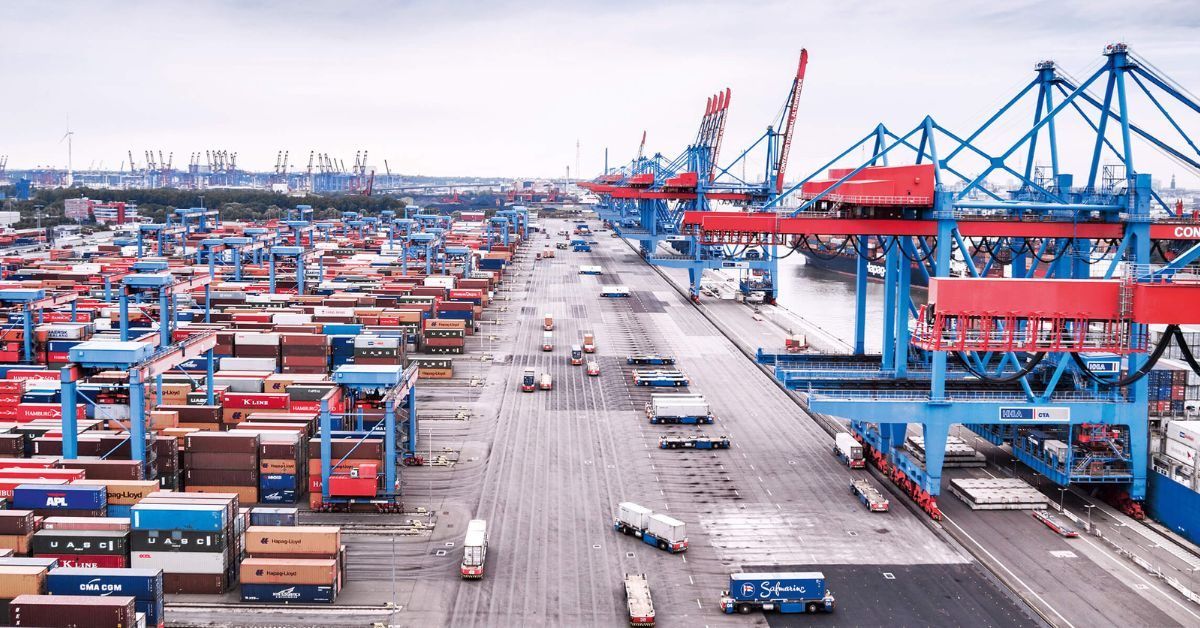An advisory that Maersk Line issued to customers stated that ships have to leave anchorage in Tauranga port and stay at sea until it is ascertained safe to return. Vessel calls at Tauranga have been suspended due to high swells. One of the Danish operator’s ships, Rio De Janeiro, deployed to the Southern Star service, is awaiting further information in Tauranga.
Auckland port will vacate all berthed ships and no ships will be allowed to berth until 15 February at least, while Napier port has been closed since 3 pm local time on 13 February.
Maersk said, “We’re working closely with affected terminals, depots, and transport service providers to assess the ongoing impact of the situation on a service-by-service basis. Our goal remains to provide you with service predictability and to provide alternative supply chain routings, where available, to minimise disruption to your logistics networks.”
The state of emergency will apply in six regions of New Zealand, including Northland, Auckland, Tairawhiti, Bay of Plenty, Waikato, and Hawkes Bay.
The cyclone has caused 2,500 people to be displaced and 225,000 people around the North Island have been left without electricity as the massive flooding and landslide damaged the power supply system, roads, shops, and homes.
It is only the third time in New Zealand’s history that a national state of emergency has been declared.
“This is an unprecedented weather event that is having major impacts across much of the North Island,” Minister for Emergency Management Kieran McAnulty said.
Central air pressure has risen steadily today, and the weather agency said that while the storm will ease off, the intensity means that it will take a few days to subside.







